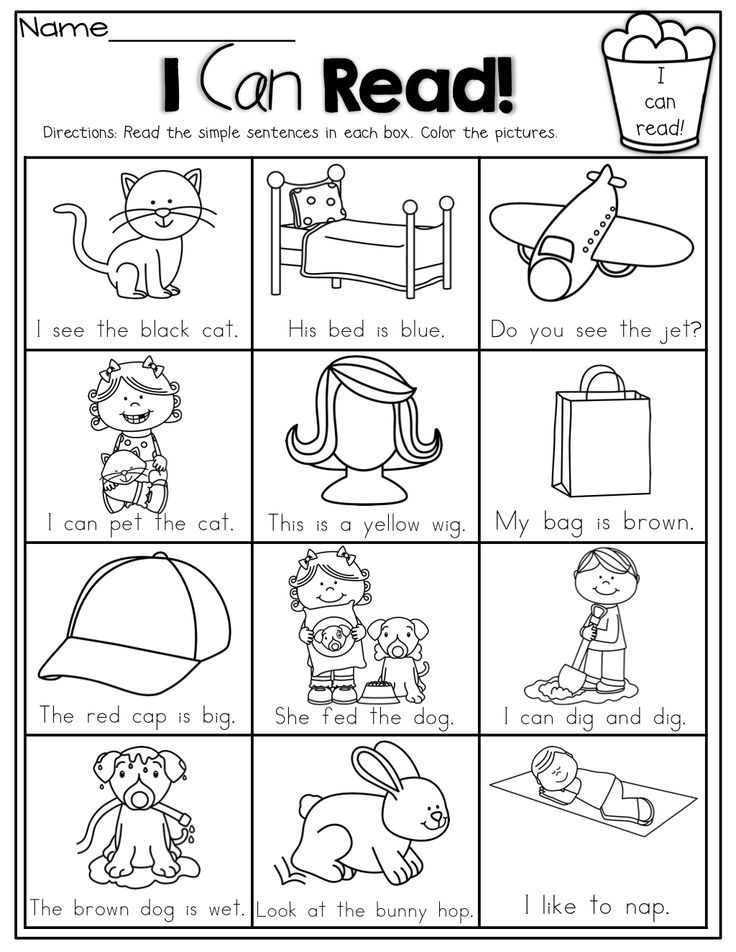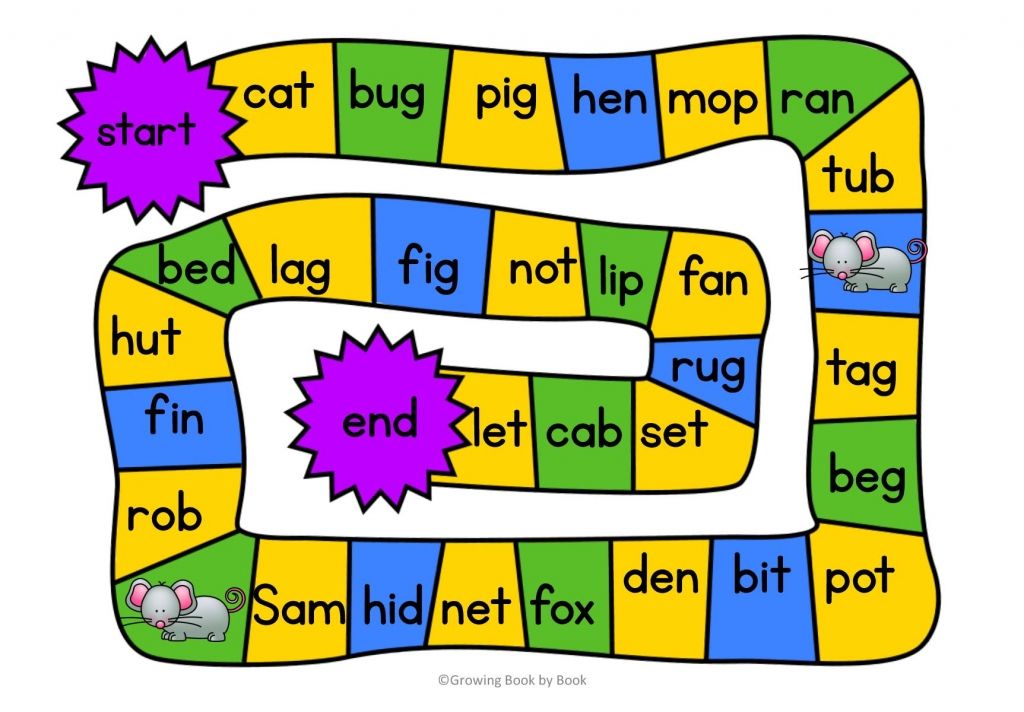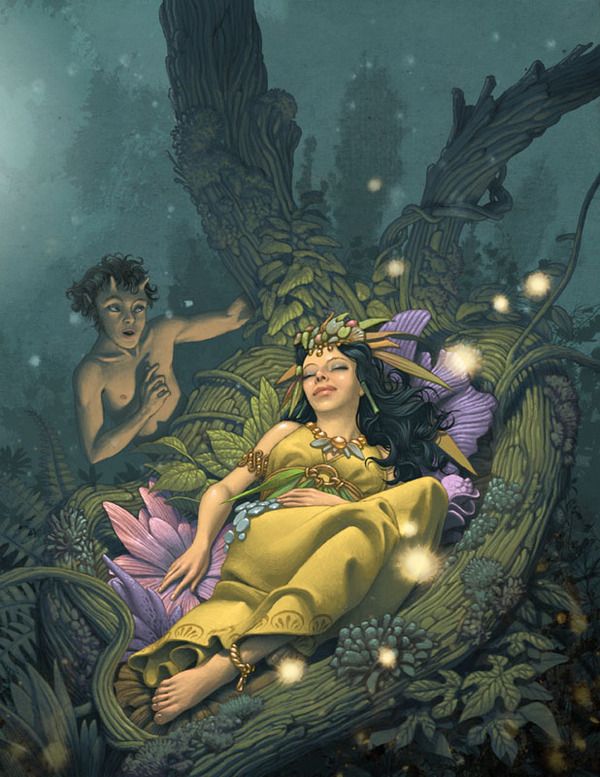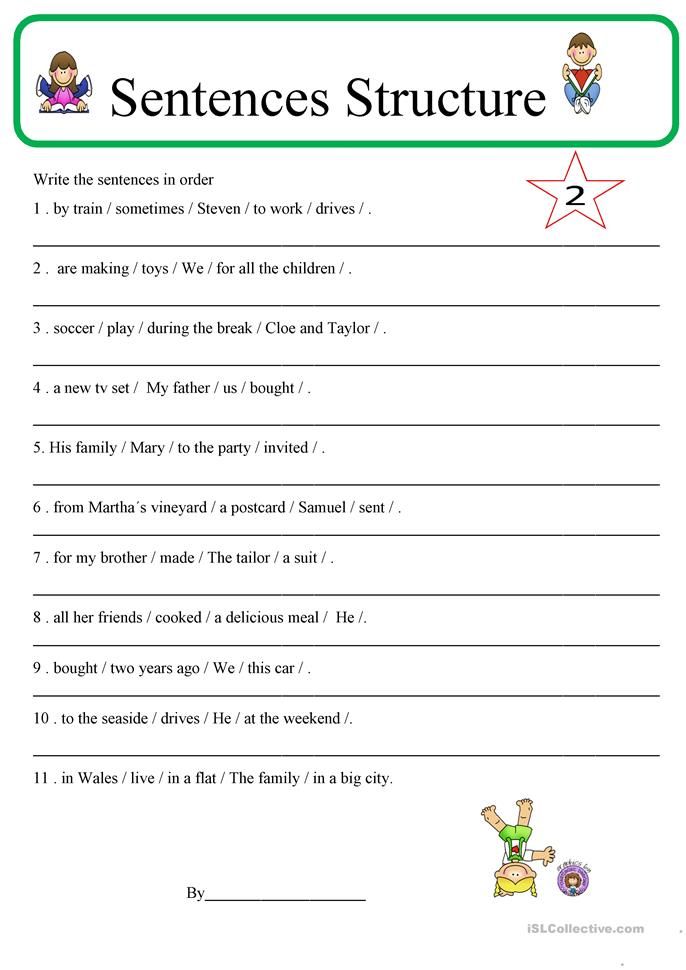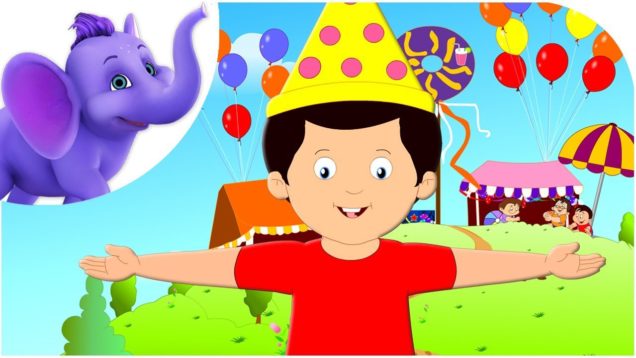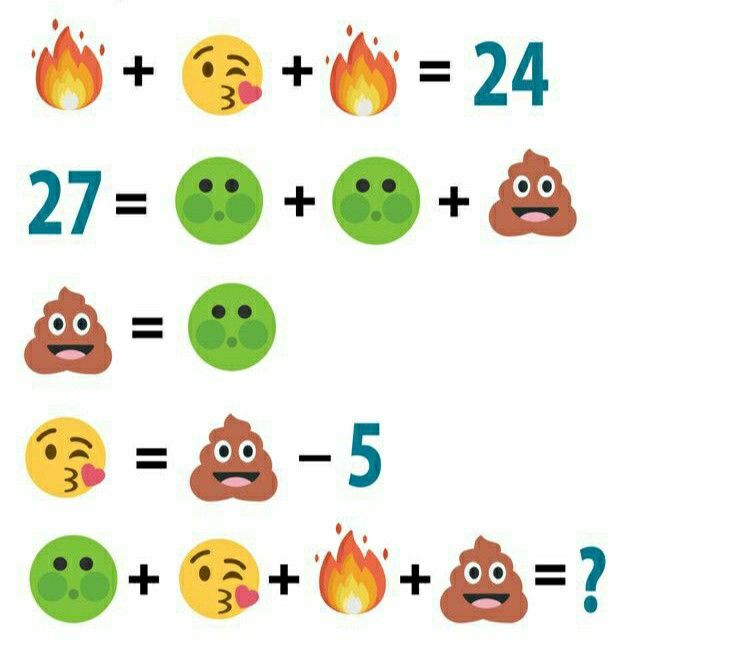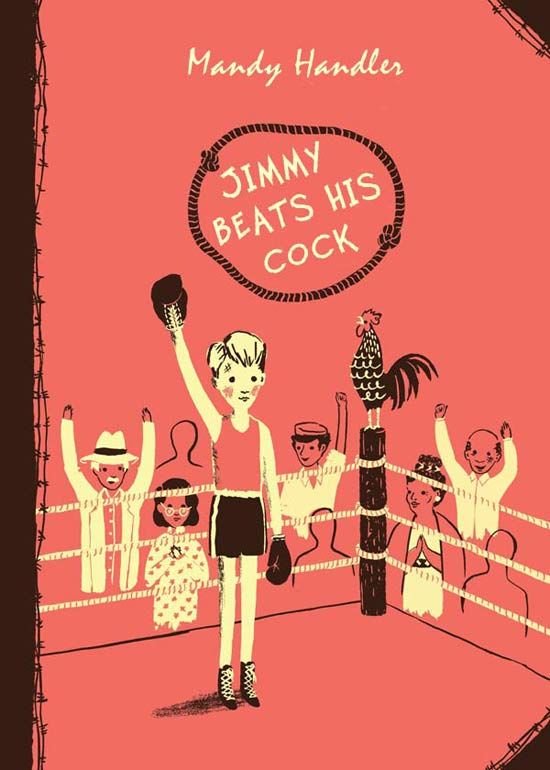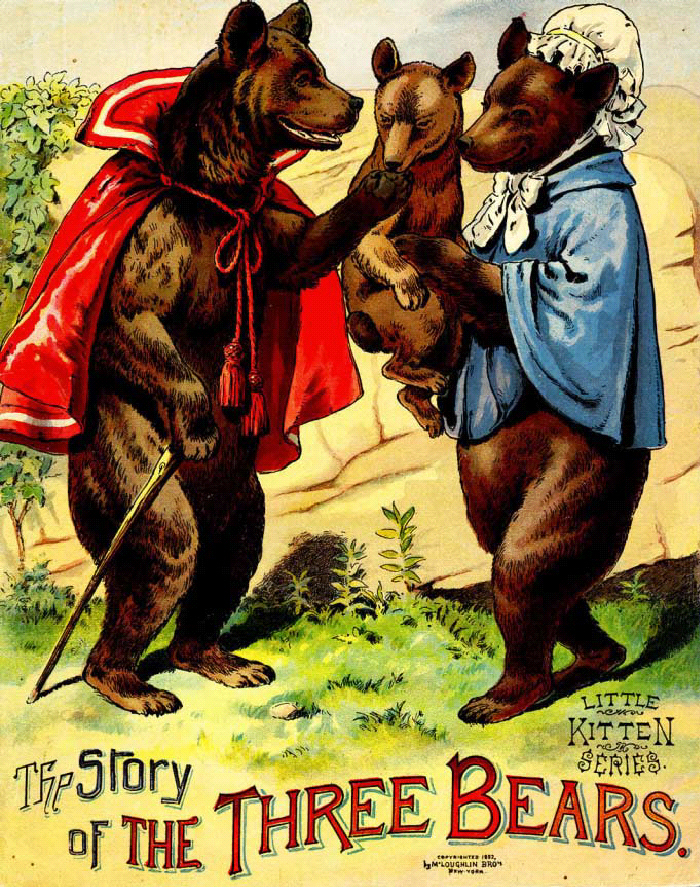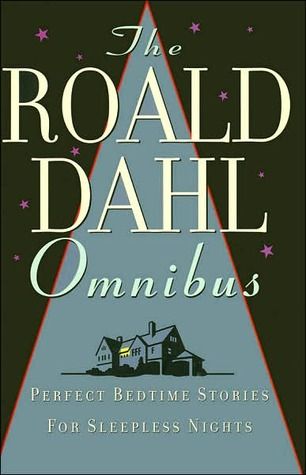Reading tools for toddlers
A dozen easy tools to teach your child to read | by Manisha Snoyer (www.modulo.app)
The question families ask me most is how to teach their children how to read. Over the past 20 years, I’ve helped hundreds of families support their children’s learning through a huge variety of tools. Most recently, I did a comprehensive review of over 1000 secular curriculum resources for parents and tested many of them with our students at Modulo.
There were two main takeaways from this process. 1) Every child learns differently. 2) Any parent is perfectly capable of teaching their child to read with little effort.
The first thing I want to emphasize is that it’s not a great idea to force your child to read if they are not ready. In the USA, we often push children to learn to read before they’re ready. This can lead to a lifelong loathing of reading. In other countries, like Finland, it’s common for children to learn to read at age 7 or later. Some developmental psychologists think that it’s not even appropriate for some children to learn to read until they are 10.
Lastly, it is estimate that one in five children suffer from dyslexia. So, please don’t push before you understand your little learner.
This obviously part of a larger discussion, but for the time being, if you are looking for extra support teaching your child to read, here are my 10 favorite resources!
- Reading by Osmosis. A good number of children can learn to read on their own without help, simply by observing the text on the page as you read aloud to them. A slight danger here is they never develop phonemic awareness, but it’s an easy and wonderful way to read. I write more about how to cultivate this approach to reading here.
- Teach your Child to Read in 100 Easy Lessons. Other children need more support with phonics. This book is the golden standard when it comes to direct instruction. It’s great for parents who don’t want their kids to have any screen time and have about 5–10 minutes a day to devote to their child’s instruction.
- Wild Reading. This is a lovely, nature-based curriculum for families who want to take their reading lessons outdoors, designed by a mother and teacher.
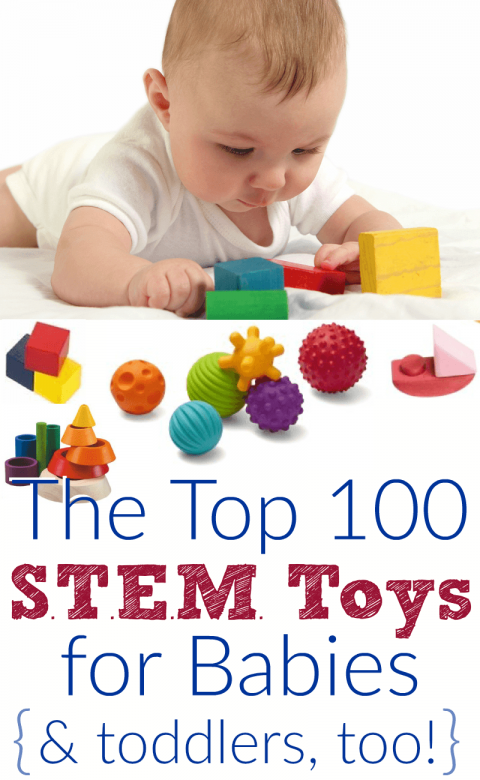
- Homer. If Teach your Child to Read is too dry for your child or you don’t have 5 minutes a day to teach them, Learn with Homer is a ridiculously fun app to teach literacy. They’ve also recently expanded to math, social-emotional learning and more.
- Nessy. One out of five children suffer from Dyslexia. If your child is dyslexic or you think they might be, Nessy is a great choice. If you’re unsure if your child has dyslexia, Nessy offers a screening tool for $20.
- Explode the Code. We also love Explode the Code. Both Nessy and Explode the Code use the Orton-Gillingham approach, which is widely considered the best method for teaching children with dyslexia how to read.
- Bob Books. Once your child can sound out 3 letter words, I highly recommend you move on to Bob Books. They have such fun and colorful books to teach reading. Bob Books also offers pre-reading skills. It can be super fun for you and your child to take turns reading aloud.
- Epic. After your child has started reading a bit more independently, Epic is an amazing resource full of free books and great critical reading questions.
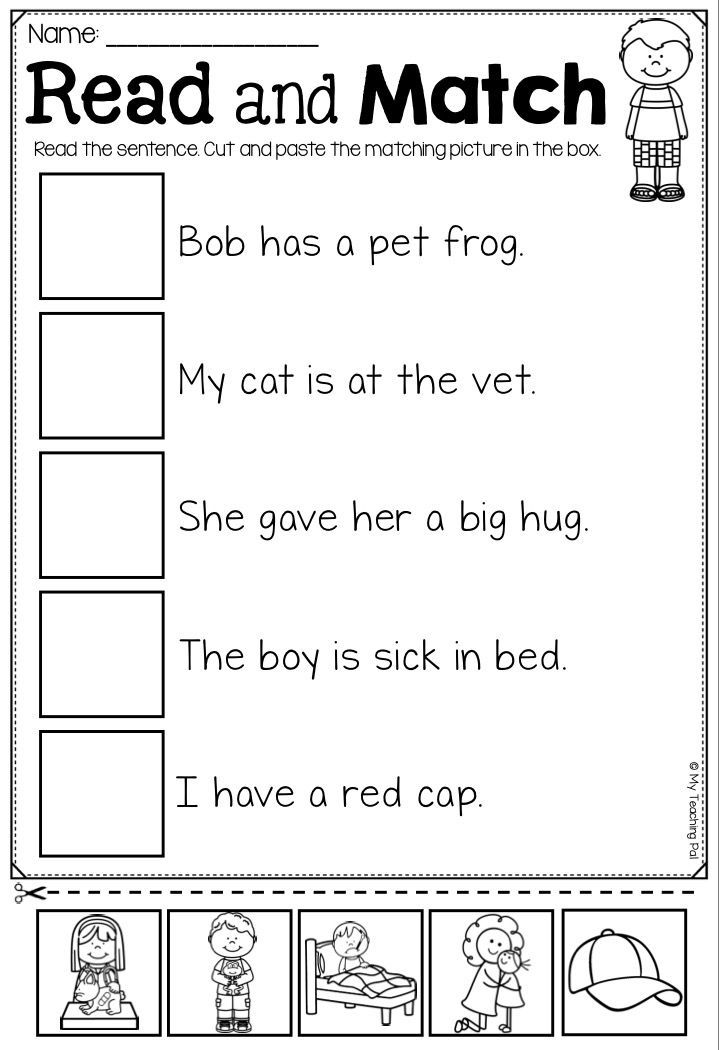 There is a read-to-me feature where the words light up as a speaker reads them (great for learning to read by osmosis.) Many of the boosk also have quizzes to help with critical reading skills. And your child can choose their reading level to make sure they get material they can read. It is a must have for any family who doesn’t mind screen time. Most schools offer a free subscription to Epic. If yours doesn’t, contact us via Modulo and we can put you in our class.
There is a read-to-me feature where the words light up as a speaker reads them (great for learning to read by osmosis.) Many of the boosk also have quizzes to help with critical reading skills. And your child can choose their reading level to make sure they get material they can read. It is a must have for any family who doesn’t mind screen time. Most schools offer a free subscription to Epic. If yours doesn’t, contact us via Modulo and we can put you in our class. - Alphablocks. If your child can’t get enough of shows and youtube videos, the Alphablocks channel is a very fun way to develop phonemic awareness. Make sure to start with level one and proceed level by level. To enhance learning, pause the video each time the letters sound out their names before they say the word so your child can try to guess before they give the answer.
- Teach Your Monster to Read is a fun free app from the Usborne foundation. Personally, I find some of the games a bit complicated, but I know many children who love it and have taught themselves to read this way.
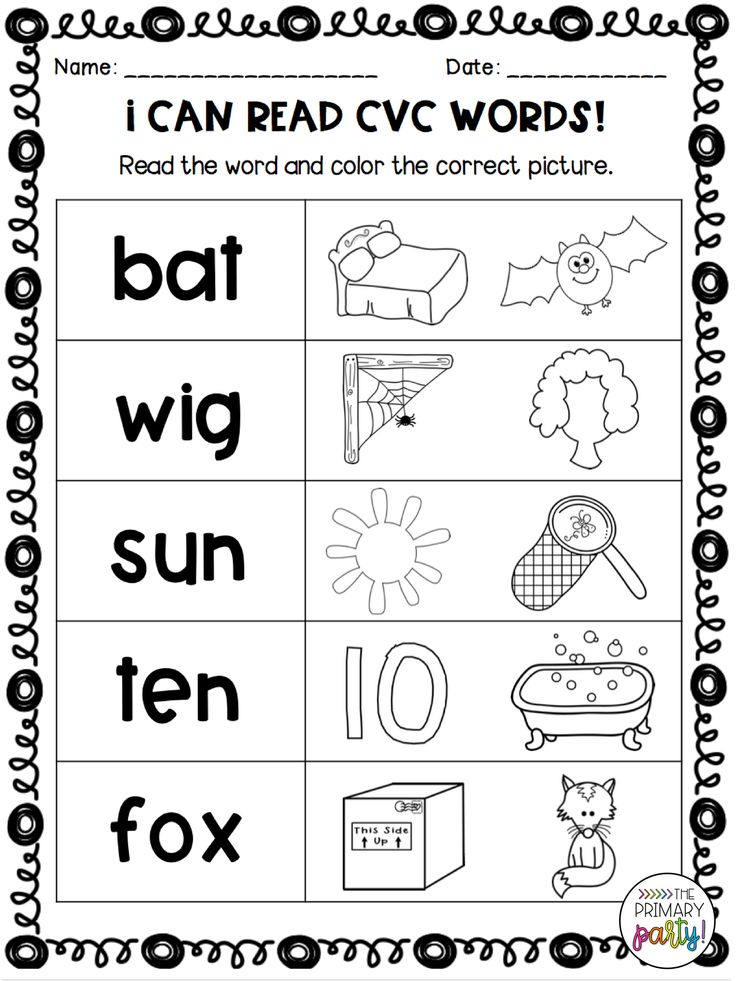
- Duo Lingo ABC is another fun free app that the Duo Lingo just released to help kids learn to read and is a little more straightforward than Teach Your Monster.
- Khan Academy Kids is a wonderful app to learn reading and every other subject. It’s free and for kids ages K-2nd.
If you, like me, get overwhelmed with too many choices, I recommend you start with Teach Your Child to Read in 100 Easy Lessons, Wild Reading or Homer and then move on to Bob Books. Use Nessy if you think your child is dyslexic.
If you take anything else from this, please remember to be patient with your child and not teach them to read before they’re ready. There’s nothing like a boring reading lesson you’re forced to sit through to kill a lifelong love of learning!
We hope you find a resources that works for you! Feel free to contacts us via the Modulo web-site to give us feedback on these recommendations or tell us about another great one you found!
20 of the Best Tools You'll Want for Your Early Reader
by Tessa
33 shares
- Share
- Tweet
Finding the right early reader tools is key to teaching kids how to read.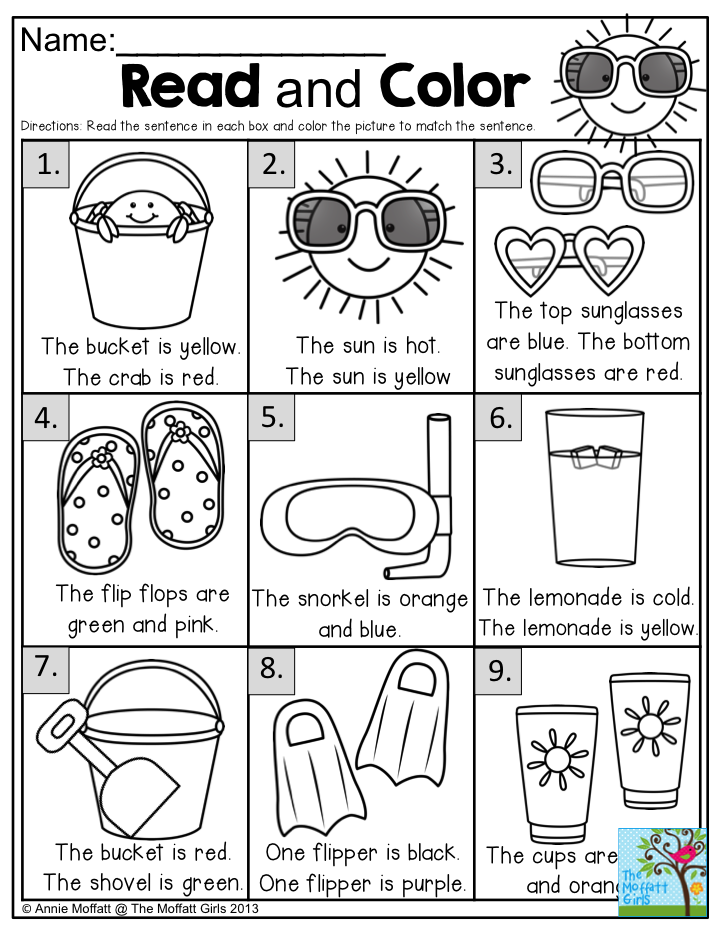 Maybe a good dose of patience too 🙂
Maybe a good dose of patience too 🙂
Teaching my kids to read has been one of the most tricky things but also the most beautiful things in our homeschool.
This post will lay out the top 20 tools for early readers–some of these we’ve used in our own homeschool and some come highly recommended from my homeschool friends.
Learning Well LLC is a participant in the Amazon Services LLC Associates Program. As an Amazon Associate, I earn from qualifying purchases. Affiliate links from Amazon or other programs are used on this website. For more info, please refer to our disclosure statement.
Read on for the best early reader tools!
Our Top 20 Early Reader Tools
This is a big list of really helpful resources, but I wouldn’t ever recommend using them all at one time. Kids all learn differently. Sometimes they’re really eager to learn how to read. Sometimes they’re not at all interested. And sometimes they’re somewhere in between.
Get the 6 Secrets to a Simpler Mom Life
When their interest starts to ebb, pull back a little bit. Sometimes time is the best teaching tool. There are times when we need to help push our kids forward and spur them on, but there are many times when we’re pushing for our own interests and we need to pull back. Reading is one of those times where we can definitely push way too hard. Find what works and stick with it and sprinkle in newer resources where needed.
Let’s check out the tools:
Early Reader Tools To Try:
- Hooked on Phonics Early Readers Kit // This how I taught my kids to read. It’s a complete curriculum that is perfect for all types of learners.
- Teach Your Child to Read // This is a full curriculum that just contains this one book. If you’re looking for lots of hands-on manipulatives, this is not it. But it’s very straight-forward and easy for mom to use.
- Explode the Code Phonics Book // We’ve used these tons from about K-3rd grade until phonics skills are solidified.
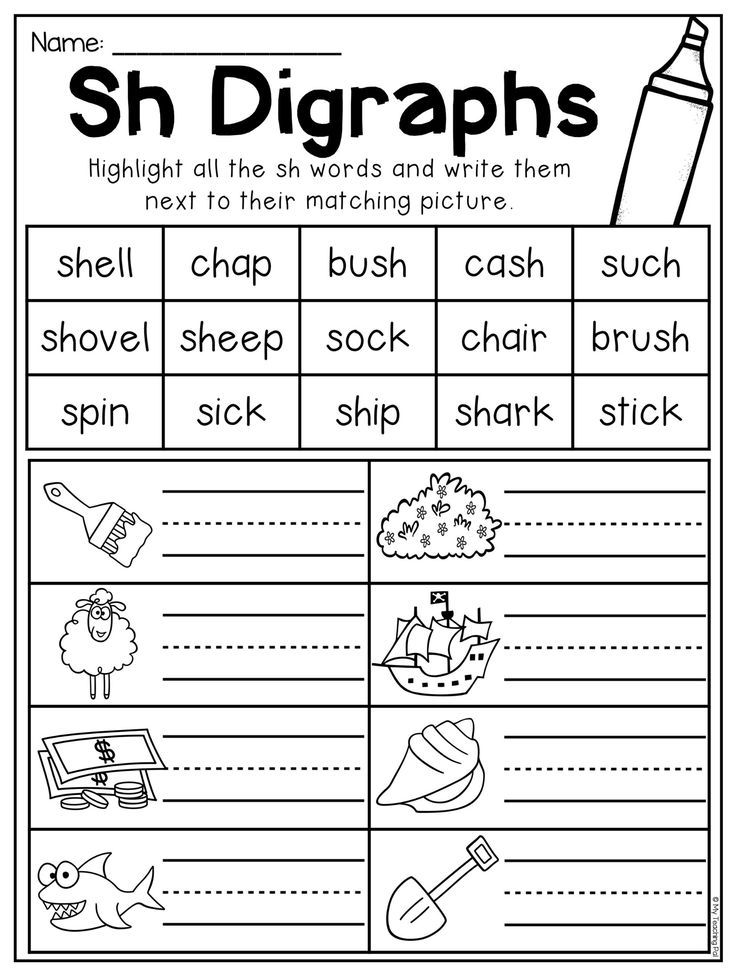
- Sight Words Flash Cards // These are my favorite flashcards for my kids. They’re super sturdy and come with a sturdy box too.
- Reproducible Sight Word Mini-Books // A fun “extra” to add in for your hands-on kiddo.
- Frog and Toad Collection Boxed Set // Classic first readers. Vera’s favorite!
- Beginning Reader Bob Books // I have used these with all my kids. They’re so simple but super effective.
- Bob Books Early Reader Kit // If you want to kick the Bob Books up a notch–great stuff included!
- Beginning Reader Workbook // If you have a workbook lover, this is a great option!
- Zingo Reading Game // This is so fun! Wish I would have had it for all my kids!
- Sequence: Letters Board Game // If your kids love games, this is perfect!!
- Magnetic Alphabet Set // Great for early readers and letter recognition.
- ABC Practice Board // Perfect for learning lettering.
- Pop Rhyming Game // Another really great little game for practicing reading.
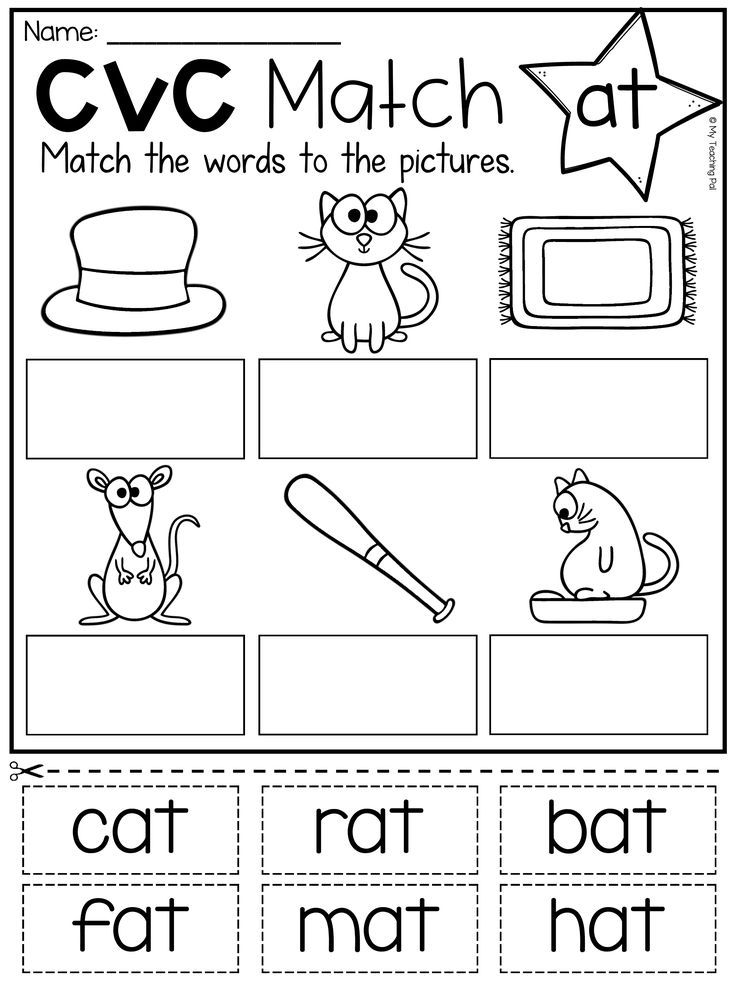
- Daily Phonics Workbook // If your child loves workbooks, this is a good choice. Monday through Friday format and short lessons.
- Super Genius Card Game // This is like Spot-It for learning to read. This was one game that didn’t make Vera cry. Ha!!
- Reading Blocks // Another great hands-on addition for your kinesthetic child.
- Phonics Pathways Curriculum // This curriculum comes HIGHLY recommended from lots of friends.
- Epic Digital Reading // This is like a streaming app for books. A good deal and TONS of book options!
- Hooked on Phonics Subscription // We have used this during certain times we needed to change things up or if we were traveling and LOVE IT!
Have so much fun teaching your little person to read! It has been one of my biggest joys of homeschooling!
You also might like:
- Curriculum choices for 1st grade
- Curriculum choices for 2nd grade
- HOMER: Our New Favorite Reading App
- How to Add Music Appreciation to your Homeschool in Simple Ways
33 shares
- Share
- Tweet
Filed Under: Homeschool Tagged With: early readers, elementary curriculum, Homeschool, kindergarten, phonics app
Reader Interactions
Family reading is a forgotten effective tool for strengthening the family
Modern parents often complain about the bad behavior of their children: they do not hear, they are not attentive, restless, as well as anxiety, speech therapy problems: speech appeared late, does not read, mistakes in writing, learning difficulties generally.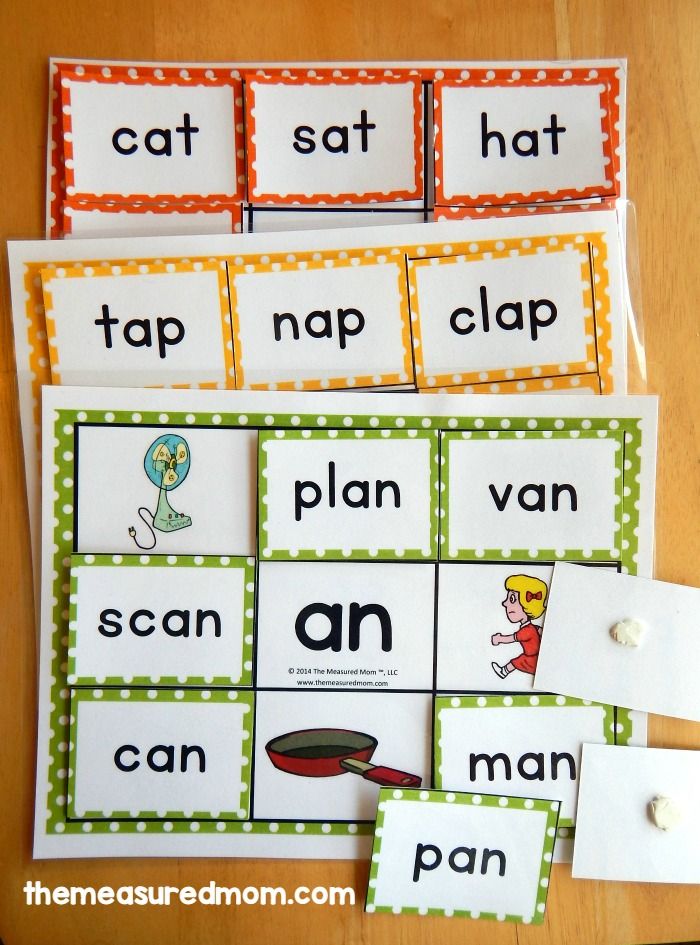
The reason is the functional immaturity of the brain structures. The reasons for this situation are related to disorders in the maturation of the brain during pregnancy, the fact that parents had little contact with the child, played little, as well as the widespread penetration of TV and computers into life.
Frequent viewing of cartoons, games on the phone or tablet form the child:
1. Clip thinking, i.e. the child focuses on a quick change of pictures more often without realizing the essence of what is happening on the screen, focusing only on external signs. This makes it impossible for the child to transfer and master real social experience, reduce the possibility of his adaptation to the world around him.
2. Computer heroes do not convey the entire palette of speech facial expressions, which negatively affects the development of speech by the child, as well as the formation of thinking.
As a result, there is no development of the cerebral cortex adequate to the age, and, consequently, of all mental functions (attention, memory, thinking, etc. ). Accordingly, we have a functional immaturity of the brain and all the problems that were voiced at the beginning.
). Accordingly, we have a functional immaturity of the brain and all the problems that were voiced at the beginning.
What can help parents develop their children properly? Family reading.
Family reading is reading aloud in turn by each family member (according to age).
Family reading provides live communication, facial expressions, emotions, and the transfer of social experience.
— At what age can one start reading books with a child, reading to a child? At what age does reading begin to have a beneficial effect on children?
At first it won't be reading, because the child has not developed speech hearing, not developed vision, unstable attention. But in order to develop a further ability to read, he needs to hear sounds and do something with his mother. The child really needs short poems and nursery rhymes with actions: bend fingers, fall into a hole, etc.
Nursery rhymes develop the perception of speech, understanding the meaning of the word, emotional development occurs in actions with nursery rhymes, communication with parents and emotional rapprochement occur.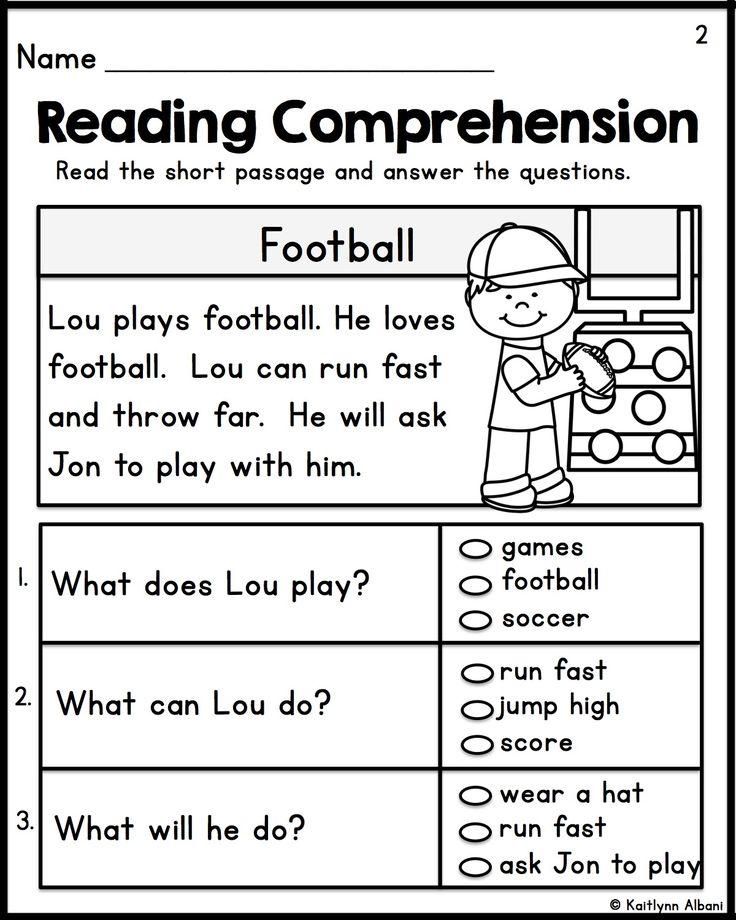
By the year, we add looking at pictures, starting with simple and understandable ones (household items, animals), which can be compared with objects outside, and ending with plot pictures (illustrations for fairy tales with a small description of the
plot). Next, we begin to read small poems with pictures in books or fairy tales. At the same time, we introduce a discussion: show where, bunny, and where his ears are, and where your ears are, etc.
Gradually, with the development of speech, one can already ask: where did the bunny go, whom did he meet. By the age of four, you can already ask: what do you think helped Aiblit overcome all the difficulties of the path?
— If we talk about strengthening relationships in the family, about improving relationships between parents, between children and parents, how can reading together help?
Reading together definitely strengthens family relationships. When we read in the family circle, we interact: we communicate, i.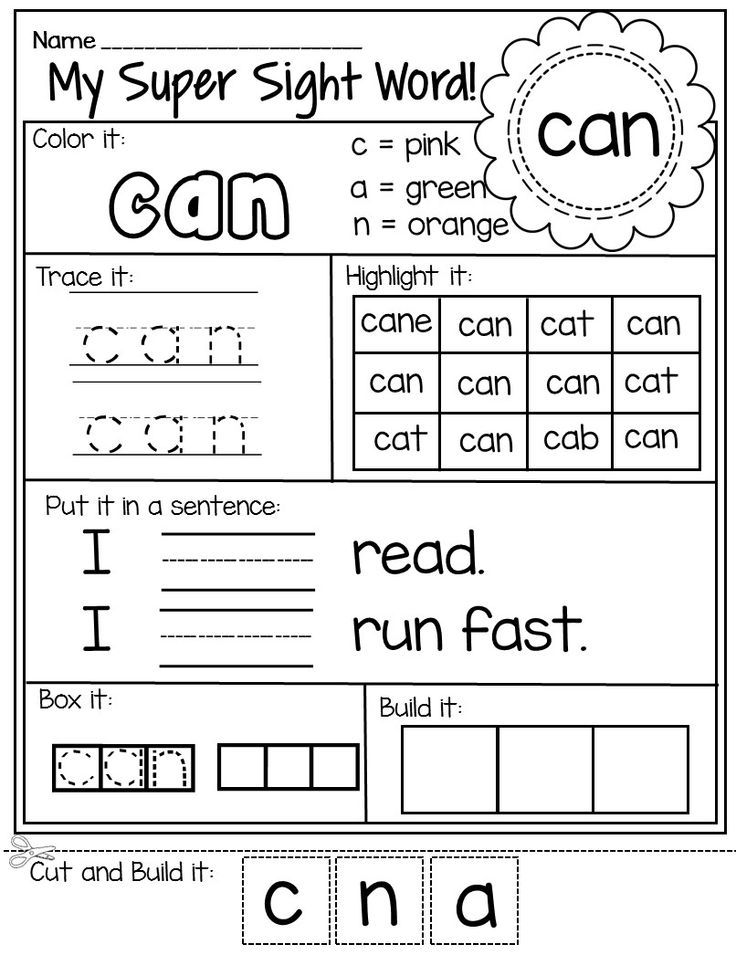 e. sharing information about social experiences, sharing emotions, creating intimacy, feeling each other's warmth.
e. sharing information about social experiences, sharing emotions, creating intimacy, feeling each other's warmth.
Reading together is very beneficial and at the same time budgetary: it takes less time than other types of family communication and interaction, such as walking, and the benefits are incomparably greater. Although, of course, walking cannot be ruled out.
— What is the best way to choose books for family reading? What criteria must they meet? What should be in these books?
The most important thing is the positive emotional attitude of the parents and their personal desire to understand the story, analyze it, transfer it to their own experience, and share it with the child.
If these criteria are met, then you can choose any book that is interesting to all family members. It is important that it is suitable for the age of the child, the plot would be interesting to him, realistic and beautiful pictures would be present if the child is a preschooler and a schoolboy in grades 1-2.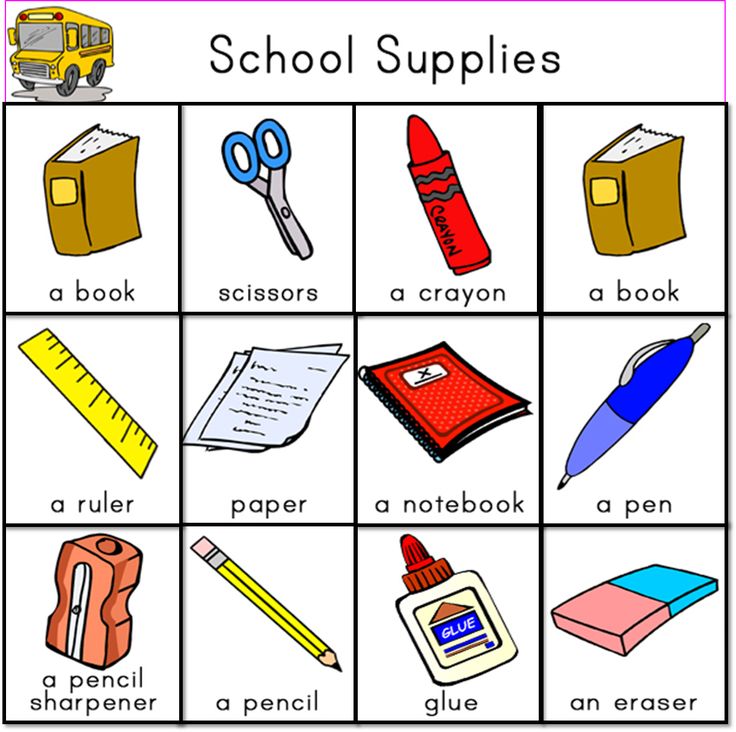
— When reading as a family, should one take into account whether the family is growing up a boy or a girl? Does the gender of the child somehow affect the process of family reading, the selection of literature?
The sex of the child determines his personal preference. For example, boys are more interested in books about action and achievement, heroism and victory. Girls will be interested in something more gentle princesses and their adventures.
So, if we consider the fairy tale "The Wizard of the Emerald City", then it will be interesting for both boys and girls. But the boy will associate himself more with Leo or Iron Man. And the girls will follow Ellie's actions.
— Are there any topics or genres of books, perhaps, that are categorically not suitable for family reading? Is there something "forbidden"?
Sexual topics are prohibited if the child is under 11 years old. Of course, the child gets to know his body, is interested in it, notices the differences between boys and girls, can ask questions about differences, about birth.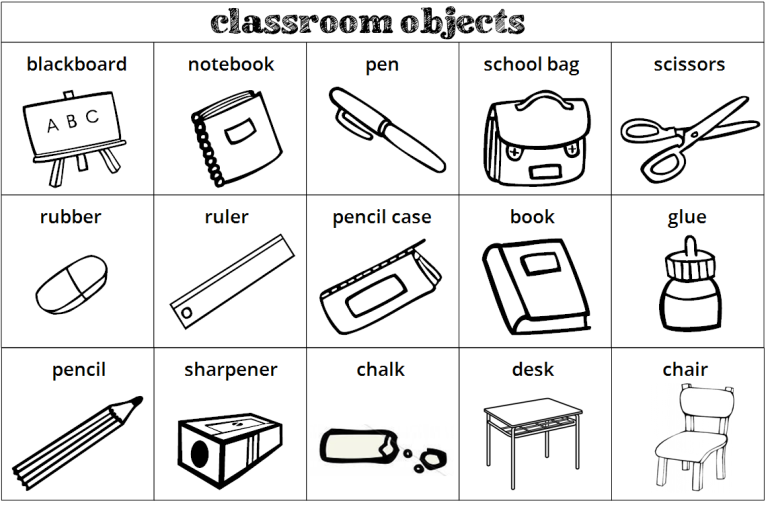 Parents are required to answer these questions
Parents are required to answer these questions
answer, but in an accessible language and in an accessible form. Active communication to the child on a sexual topic is not required.
Violence in books is also not welcome. If a child has an interest in aggression, war, then look at what you infringe on him, that he chooses aggression as a means of interacting with the world. If the child chooses only such books, then reading them is possible, but with a therapeutic goal: to change the child's perception of others, to change the means of interaction with them.
But in order to use the therapeutic approach to reading, the parent must be taught to do so.
It is not recommended to read comics, superficial sci-fi action films, books with poor quality drawings. They distort perception.
— If a child shows a desire to choose books to read, and the parent does not approve of this choice, can the parent try to correct this choice?
I immediately have a question: why should a parent correct a child's choice? If books from a series of non-recommended, then their desire is understandable.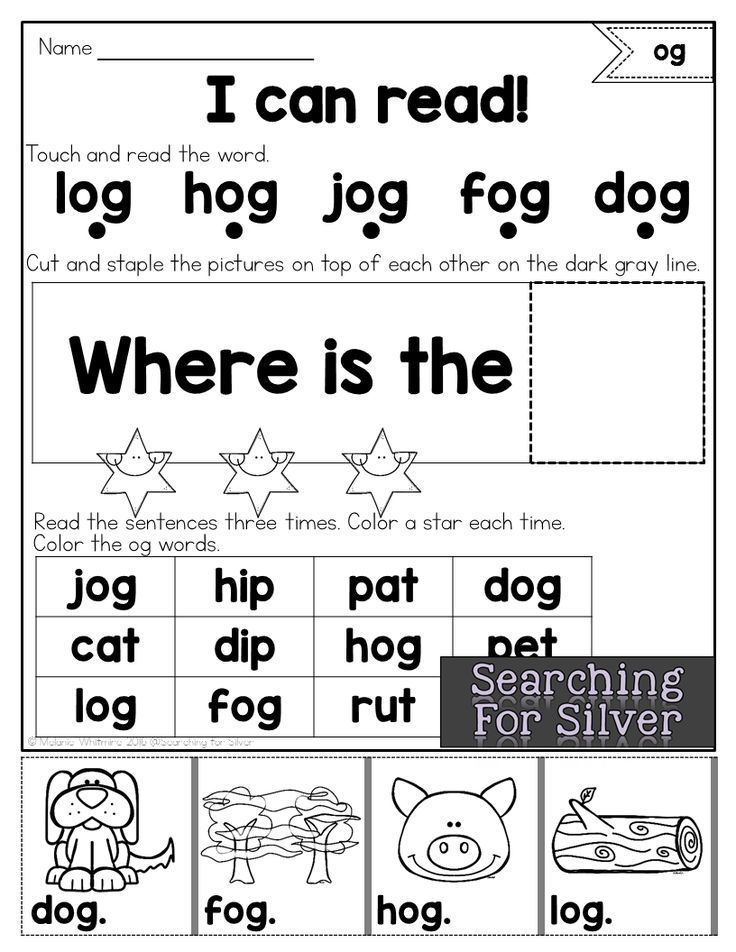
Any choice of a child informs parents about what is happening in his inner world. Through books, the child receives the social experience he lacks and grows up. Now this happens more often through cartoons, but books are more effective, they give live communication. To forbid a child to read what interests him is to forbid him to live and show interest in general.
And here it is useful for a parent to ask himself the question: “What am I avoiding, what topics that I don’t want to see in life, in a child?”
—If a child has a negative perception of the book, does not show interest in reading, what would you recommend to the parents of such a child, what steps should they take?
This indicates that the child's brain is not functioning well enough, he cannot perceive speech and text, or the parent has overdone the impact of reading on the child. The recommendations in this case are as follows: if the child is under 4 years old, then start working with him as with a small one: nursery rhymes, comic actions (fell into a bump), looking at interesting pictures, developing attention while walking in nature, crawling on all fours, wallowing on a carpet or cuddle beds.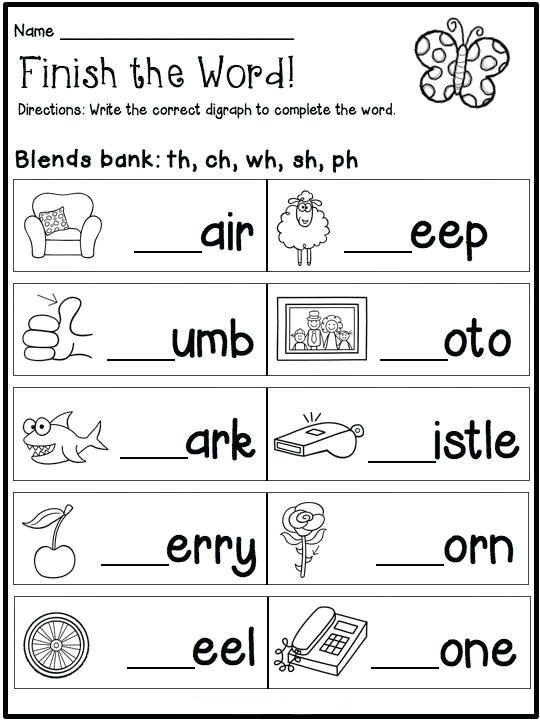
If the child is four or older, then you can do the same, but a consultation with a psychologist, speech pathologist, speech therapist, neurologist, neuropsychologist and kinesiologist is required to identify deficient areas of development.
Difficulties with reading and writing at primary school age indicate quite serious disturbances in the functioning of the brain and the presence of stress in the child in connection with this: everyone can, but I can’t, so I won’t.
Therefore, be attentive to your children, observe their development in order to immediately come to the rescue. And the easiest way to do this is through joint family reading.
Popular methods of teaching reading - features and benefits
Parents who want to teach their child to read need to correctly approach the solution of the problem. It is not enough that the baby begins to recognize letters and combine them into syllables. It is much more important to instill in him a love and interest in books.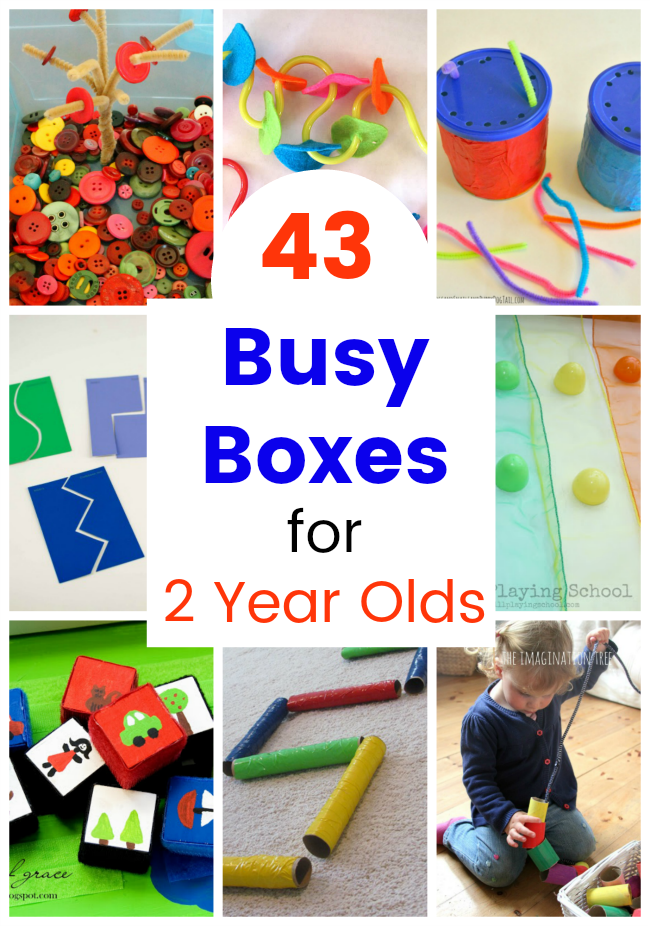 To do this, read aloud to the child, look at the illustrations, discuss what you read, play with the baby. By doing this daily, you will turn learning into pleasure, avoid tears, hassle.
To do this, read aloud to the child, look at the illustrations, discuss what you read, play with the baby. By doing this daily, you will turn learning into pleasure, avoid tears, hassle.
When to start learning to read
Before you figure out how to teach your child to read step by step, you need to understand when to start learning. Psychologists recommend doing this only if the baby is completely ready to receive new knowledge. The following factors testify to his readiness to start learning:
- a preschooler accurately distinguishes words, understands the meaning of what is said;
- he clearly pronounces sounds, speaks in sentences;
- the child is oriented in directions (left-right, up-down), is able to follow the text.
You need to start teaching your baby to read and write with letters. Then at the age of 6 he will be able to read in syllables, correctly perceive information, write short words.
Effective Methods
There are several effective tools to help children learn to read.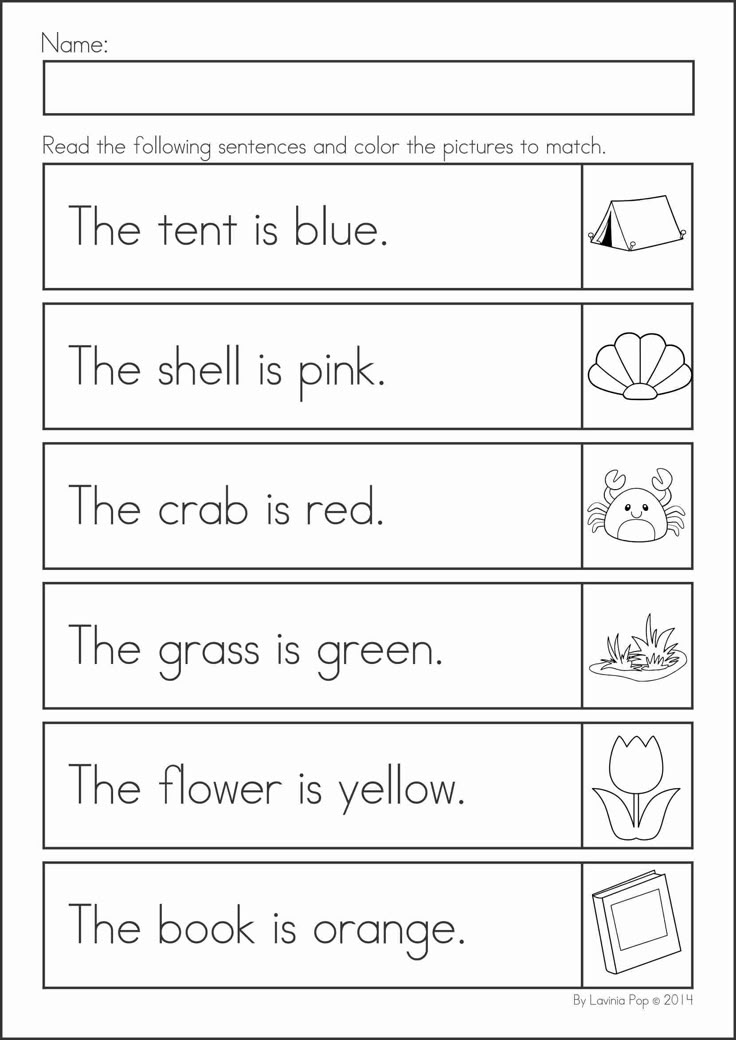 Regardless of which one you prefer, proceed step by step. Do not strive to immediately achieve impressive results - the learning process should be measured, comfortable. In this case, you can use any of the methods listed below.
Regardless of which one you prefer, proceed step by step. Do not strive to immediately achieve impressive results - the learning process should be measured, comfortable. In this case, you can use any of the methods listed below.
Zaitsev's cubes
Zaitsev's cardboard cubes are a unique device for teaching children to read. The set includes cubes with syllables printed on them, differing in colors, sizes, weight, and sound. They are intended for children from 2-3 years old. Using Zaitsev's cubes, parents include visual, auditory perception of the baby, touch, tactile memory in training. Due to this, the technique is considered to be very effective.
"Skladushki" and "Teremki" by Vyacheslav Voskobovich
Parents who are interested in how to teach their child to read quickly can be advised by Voskobovich's educational games. "Skladushki" and "Teremki", designed by him, are suitable for home use, collective games in kindergarten. These are bright pictures with verses in which syllables are highlighted.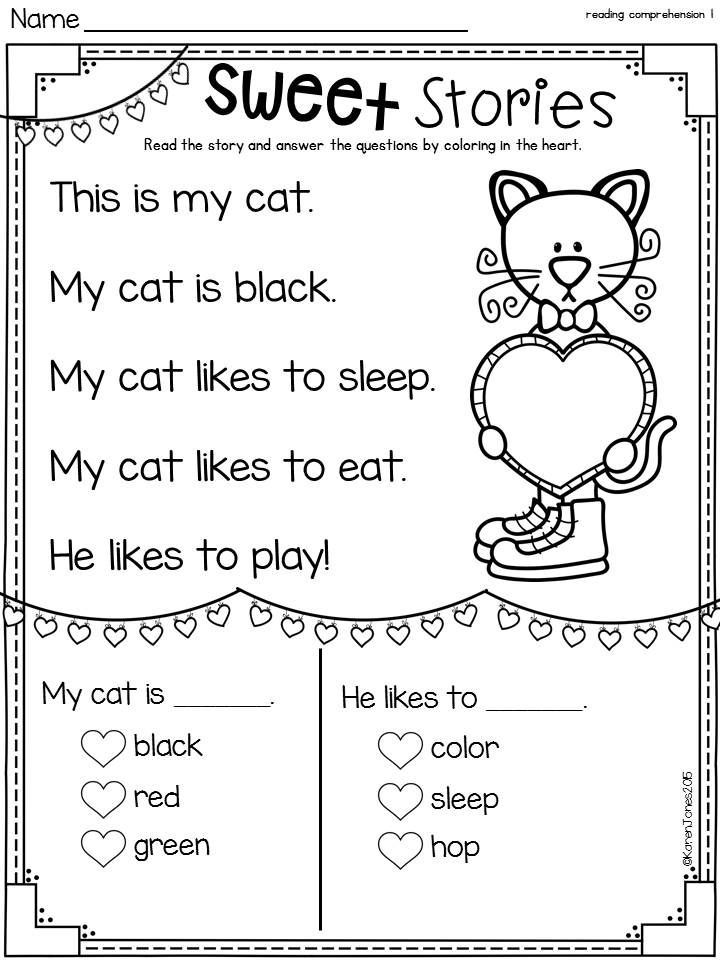 By folding them, children quickly learn to read.
By folding them, children quickly learn to read.
Doman Cards
Colored Doman Cards are perfect for toddlers. It is recommended to show them to children from 6-9 months. Choose 5 cards with pictures of a common theme. Show them to the child in turn, aloud naming the objects depicted. Rest for half an hour, shuffle the cards and repeat the exercise. Then do it again. Work with the selected cards for 10 days, then replace them with new ones. This technique allows you to develop the brain of the child, preparing him for further learning.
Dynamic Chaplygin Bricks
Movable Chaplygin Bricks are suitable for preschoolers who know letters but cannot read by syllables. By folding them, the child will master the basic principles of reading. The set includes: 10 single dice with letters, 10 double dice with syllables. The cubes in the blocks rotate 360 degrees, which allows them to be used to form different syllables.
Montessori Reading
The essence of the Montessori method is to create a comfortable learning environment around the preschooler.